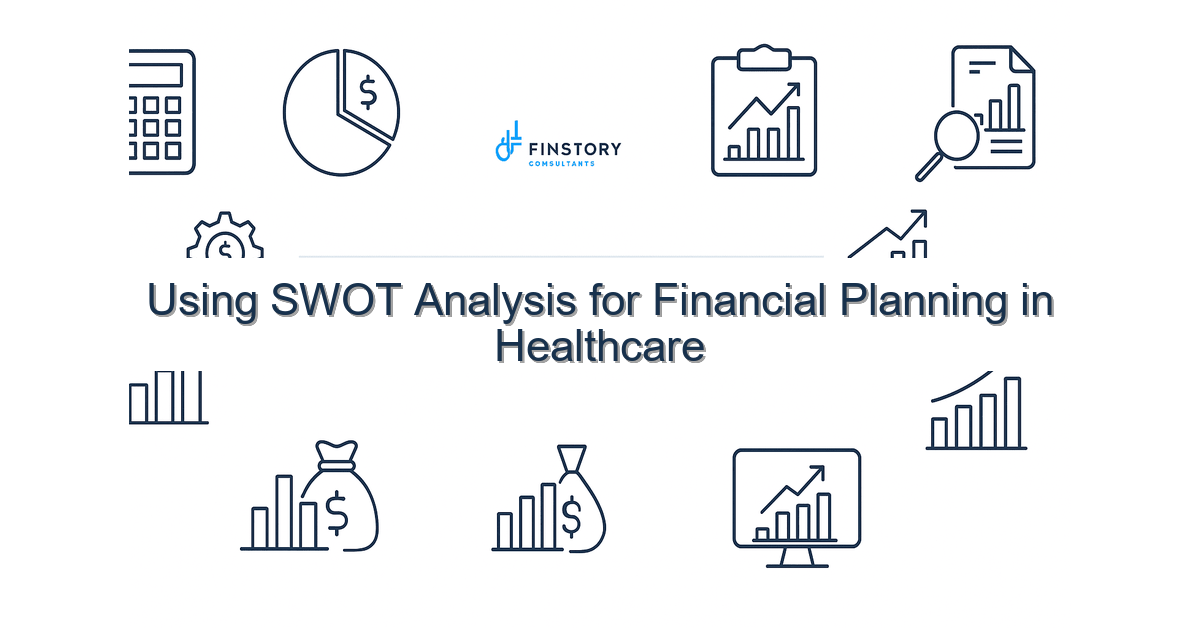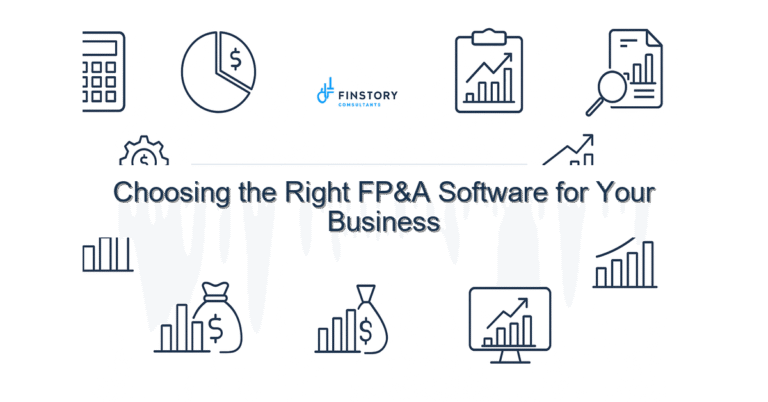Using SWOT Analysis for Financial Planning in Healthcare
You’re juggling budgets, changing reimbursement rules, and a leadership team asking for scenario plans yesterday. It’s easy to feel stuck between spreadsheets and strategy. You need a simple, practical way to turn what you know about the organization into a financial plan that’s realistic and defensible.
Summary: Use SWOT analysis for financial planning to align clinical realities with finance strategy: capture internal strengths and weaknesses, map external opportunities and threats, and translate them into prioritized financial actions that shorten cycle time, improve forecast accuracy, and protect margins.
What’s the real problem?
Healthcare finance leaders face a messy mix of operational change, regulatory shifts, and tight margins. The core issue is not a lack of data — it’s turning qualitative insight into numbers that drive decisions.
- Forecasts that ignore service-line capacity or clinician scheduling realities.
- Budgets that don’t reflect market shifts like payer mix changes or new competitors.
- Long planning cycles because every scenario needs a full rebuild of assumptions.
- Leadership debates that go in circles because there’s no shared framework to weigh trade-offs.
What leaders get wrong
Many teams treat SWOT analysis for healthcare finance as a checkbox exercise: a slide deck with one-liners that never touch the budget. That undermines its real value.
Common pitfalls:
- High level only: Listing “strong reputation” or “costs rising” without quantifying financial impact.
- Siloed inputs: Strategy and operations run separate analyses, producing competing assumptions.
- Static outputs: SWOT sits in a deck instead of feeding rolling forecasts and sensitivity analyses.
- Overcomplication: Trying to model every contingency instead of prioritizing the few that move the needle.
A better approach
Use SWOT analysis for financial planning as a bridge: turn qualitative insight into prioritized, model-ready assumptions. Here’s a straightforward 4-step framework that finance leaders can use right away.
- Collect cross-functional inputs. Run a short workshop with operations, clinical leaders, revenue cycle, and marketing. Capture the top 3 strengths, weaknesses, opportunities, and threats that affect volume, price, or cost.
- Translate to financial drivers. Convert each SWOT item into a measurable driver: patient volume by service line, payer mix shifts, average length of stay, staffing cost per FTE, etc.
- Prioritize by impact and likelihood. Score each driver on its estimated P&L impact and probability. Focus modeling on the top 8–10 drivers that explain most variance.
- Embed into rolling forecasts and decision rules. Build scenarios (best case, base, downside), create trigger-based actions, and update monthly with fresh operational data.
Real-world story: A mid-sized health system we worked with identified a “threat” — a competitor adding a surgical center nearby. By translating that into a 7% outpatient surgery volume shift and testing it in the forecast, they reallocated marketing spend and adjusted staffing ahead of the change. Result: they protected 60% of the expected margin loss and shortened budget cycle time by two weeks.
Quick implementation checklist
- Schedule a 90-minute SWOT workshop with finance, ops, clinical leads, and revenue cycle this week.
- Ask each participant to bring 3 evidence-backed items (data points, not opinions).
- Map each SWOT item to 1–2 financial drivers (volume, price, cost, mix).
- Estimate a range (low/base/high) for each driver and assign a probability.
- Prioritize the top 8 drivers using an impact x likelihood grid.
- Build scenario templates in your planning model for those drivers.
- Define 2–3 triggers that will prompt management action (e.g., >5% volume drop vs. plan).
- Publish a one-page narrative that links the SWOT, drivers, scenarios, and recommended actions.
- Update drivers monthly and review variance with operational owners.
What success looks like
When you use SWOT analysis for financial planning effectively, you’ll see measurable outcomes:
- Forecast accuracy improves — typical uplift 10–25% versus static budgets.
- Planning cycle time reduced by 20–40% through focused scenarios.
- Faster decision-making: fewer ad-hoc analyses and shorter exec meetings.
- Higher ROI on interventions — targeted investments show quicker payback (example: marketing reallocation saving 0.5–1.5% margin erosion).
- Clearer ownership — every top driver has an operational owner and a review cadence.
Risks & how to manage them
Top risks when applying SWOT to financial planning — and how to handle them.
- Risk: Overconfidence in qualitative judgement. Mitigation: Require supporting data and ranges for each assumption.
- Risk: Too many drivers → analysis paralysis. Mitigation: Use the 80/20 rule — model the top 8 drivers that explain most variance.
- Risk: No institutional ownership. Mitigation: Assign owners, set review cadence, and tie forecasts to operational KPIs.
Tools & data
To operationalize SWOT insights, connect them to tools and dashboards. Finance automation and modern BI tools make the translation fast and auditable.
- Finance automation for data consolidation and scenario management.
- Power BI or similar visualization tools to show driver impacts and scenario comparisons in one place.
- Leadership reporting that pairs a one-page narrative with a dashboard: top SWOT drivers, current values, and variance to plan.
- Integration with EMR and revenue cycle sources so volume and payer mix updates flow automatically.
If you want examples of how to structure driver-based dashboards, see our posts on forecasting best practices and cost transparency in healthcare. For hands-on implementation, explore our financial planning services.
FAQs
Q: How long does it take to get value from SWOT-based planning?
A: You can get actionable scenarios in 2–4 weeks if you prioritize inputs and focus on top drivers. Full integration with rolling forecasts typically takes 2–3 months.
Q: How do we quantify subjective items like “clinical reputation”?
A: Translate reputation into measurable proxies — referral volumes, patient satisfaction trends, or market share changes — then test those in your model.
Q: Will SWOT replace our existing forecasting tools?
A: No. SWOT is a framing tool to generate prioritized drivers. It complements forecasting tools by improving the quality of assumptions and scenarios.
Next steps
If you want a practical way forward, start with a short, structured workshop and a driver mapping session. Use SWOT analysis for financial planning to create scenarios that leaders trust and can act upon. Bring operational owners into the loop early, and publish the narrative beside the numbers.
Work with Finstory. If you want this done right—tailored to your operations—we’ll map the process, stand up the dashboards, and train your team. Let’s talk about your goals.
Ready to apply SWOT analysis for hospital financial planning or to run a SWOT analysis for healthcare finance across your system? Contact Finstory and we’ll design a short engagement to deliver scenarios, dashboards, and decision rules.
📞 Ready to take the next step?
Book a 20-min call with our experts and see how we can help your team move faster.
Prefer email or phone? Write to info@finstory.net
or call +91 44-45811170.






